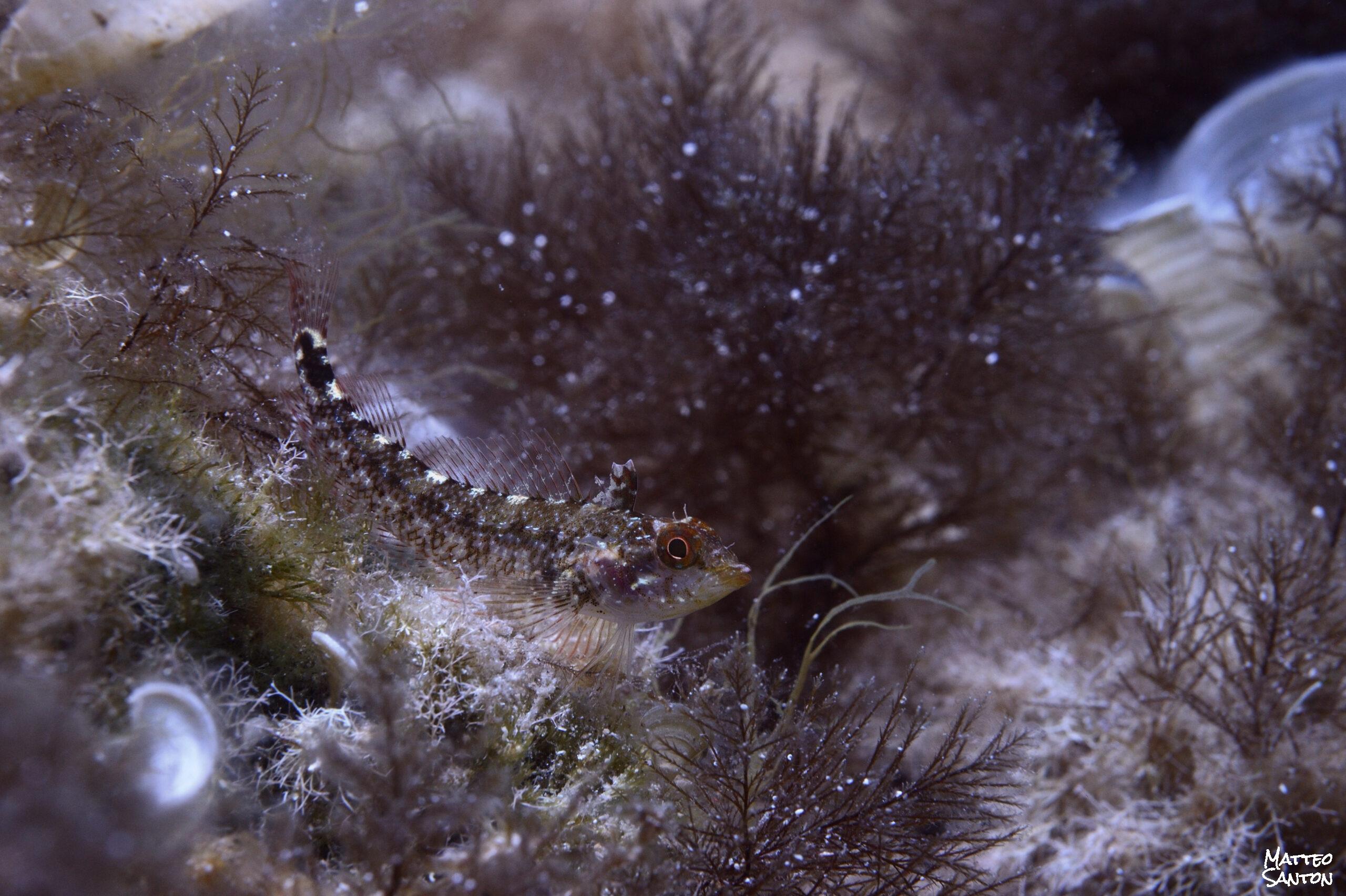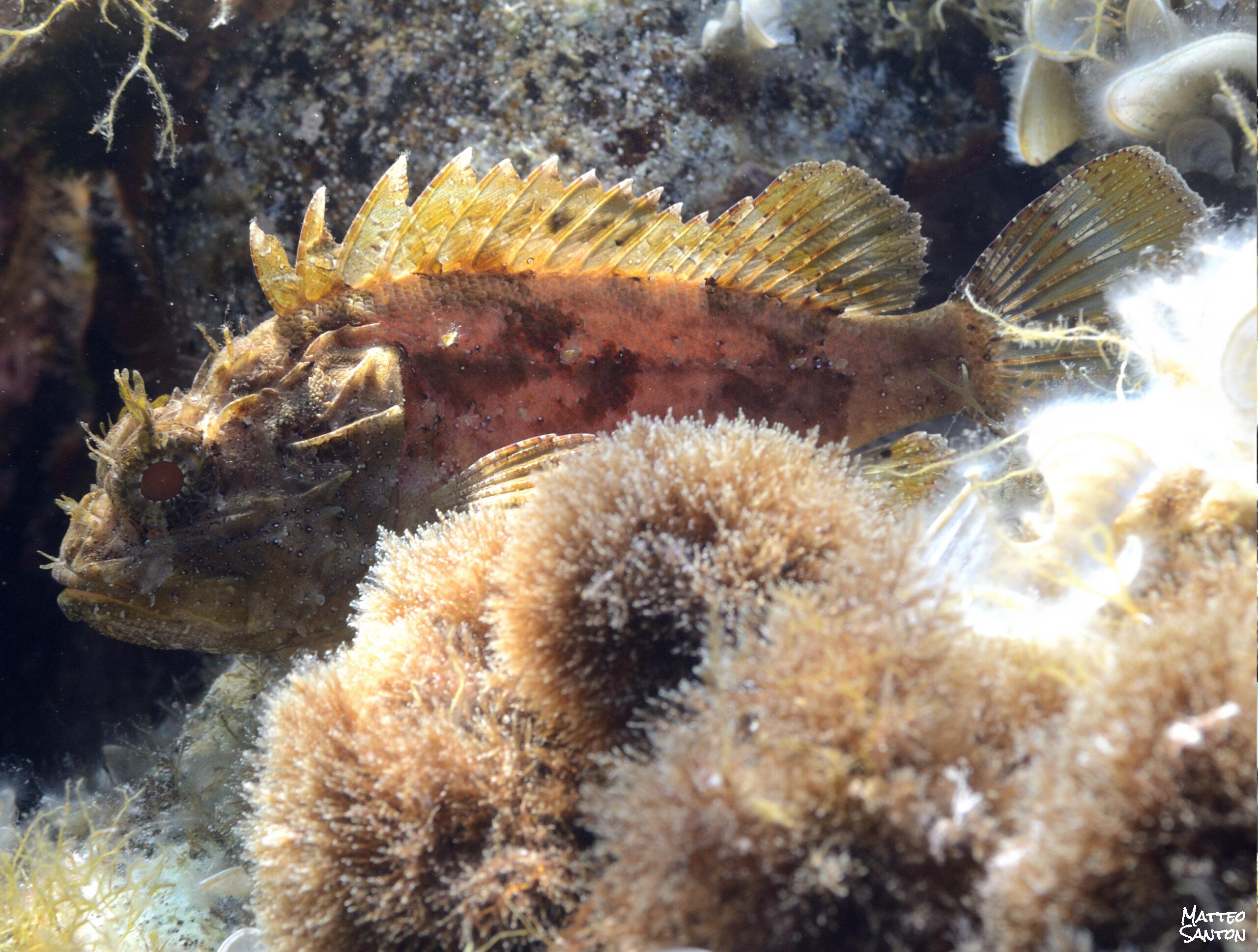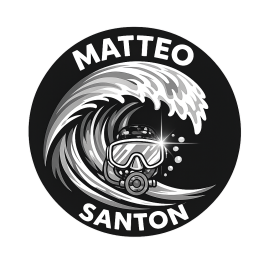Research

Areas of expertise
- Marine Biology
- Visual Ecology
- Behavioural Ecology
- Biostatistics
- Field Biology
- Experimental Design
Marine prey-predator visual interactions
Broadclub cuttlefish uses at least four different hunting displays when hunting
Do these dynamic changes in colouration, texture and body posture hinder prey from detecting
or recognising the approaching hunting cuttlefish?
Visual detection of a cryptic predator by its prey fish


Phd research
During my PhD I focussed on the visual interaction between a small marine fish, the yellow black-faced triplefin Tripterygion delaisi, and one of its common cryptic predators, the black scorpionfish Scorpaena porcus. The research approach first aimed at better understanding the visual perspective of a triplefin when facing its predator, and then behaviourally and theoretically testing a new form of active sensing in the context of this prey-predator interaction. My methods included large behavioural experiments in the field with SCUBA, underwater spectrometry, calibrated photography, visual modelling and advanced biostatistics.
Active projects
The role of eyes as a key trait
for predator recognition
Camouflage in marine
sit-and-wait predators

Biostatistics - support with generalised linear mixed modelling
A versatile workflow for linear modelling in R
Visual ecology
A key aspect of my research approach is to consider the visual ecology of species of interests when investigating visual signals or other aspects related to animal behaviour.
As trichromatic primates, our vision evolved to spot ripe fruits. However, other animals may perceive the world very differently…
In terms of colour perception

But also in relation to the ability to resolve static details in an image

The way we see fish is quite different from the way they see themselves

Also, their colour patterns and behaviours might have evolved on very small scales that we rarely witness
